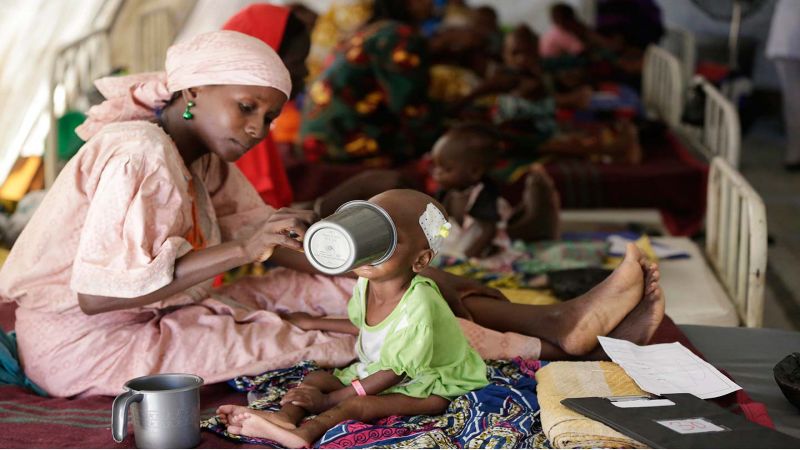
Local Editor
The International Rescue Committee’s emergency response experts have ranked the countries most at risk of humanitarian catastrophe next year. This ranked list is dominated by countries experiencing armed conflict, and finds Yemen at the top, followed by the Democratic Republic of Congo, South Sudan, Afghanistan, Venezuela and the Central African Republic. As war, famine and disaster loom on the horizon for countries around the world, 2019 will be an arduous year for civilians caught in conflict and disaster.
These countries are at high risk of deterioration due to a high prevalence of human risk (armed conflict or economic collapse), natural risk (drought, flooding and other climate-related events) which is coupled with pre-existing vulnerability and limited capacity to cope.
Internal and external displacement are defining trends of this year’s Watchlist. Around 40 million people are displaced internally around the globe, and the top ten ranked countries accounted for nearly 22 million - over half of the total. The top ten also accounted for at least 13 million refugees.
The International Rescue Committee is responding to all top 10 crises, as well as around 25 other countries around the globe, providing services to help people to survive, recover and gain control of their lives.
Bob Kitchen, International Rescue Committee’s Vice President for Emergencies said: “2018 was a devastating year for millions around the world, with more people displaced from their homes than ever before. In many of the world’s most challenging places, armed conflict and man-made crisis mean life will get worse and not better in 2019.
“Yemen’s ongoing war has led to the world’s worst humanitarian crisis, which worsened in 2018 and was dominated by attacks on civilians and a breakdown of basic services that left nearly 80% of the population in need. 2019 could prove to be much worse still. As the war deepens, the IRC’s analysis rated Yemen a maximum of ten for human risk, one of just three countries on the Watchlist to do so. An immediate nationwide ceasefire is needed in Yemen and all parties to the conflict must engage meaningfully in UN-led peace talks.
Hunger and food insecurity are a major factor in the majority of the most vulnerable countries, illustrating the strong links between conflict and food insecurity. During 2018, crisis or emergency levels of food insecurity were reported in parts of Yemen, DRC, South Sudan, Afghanistan, CAR, Nigeria, Ethiopia and Somalia.
Bob Kitchen adds: “Across the globe, the scale of need in 2019 is likely to stretch resources beyond their limit. It’s vital that we do not abandon these countries when they need us most, and that government’s around the world step up funding to these anticipated crises before more lives are lost.”
Source: News Agencies, Edited by Website Team